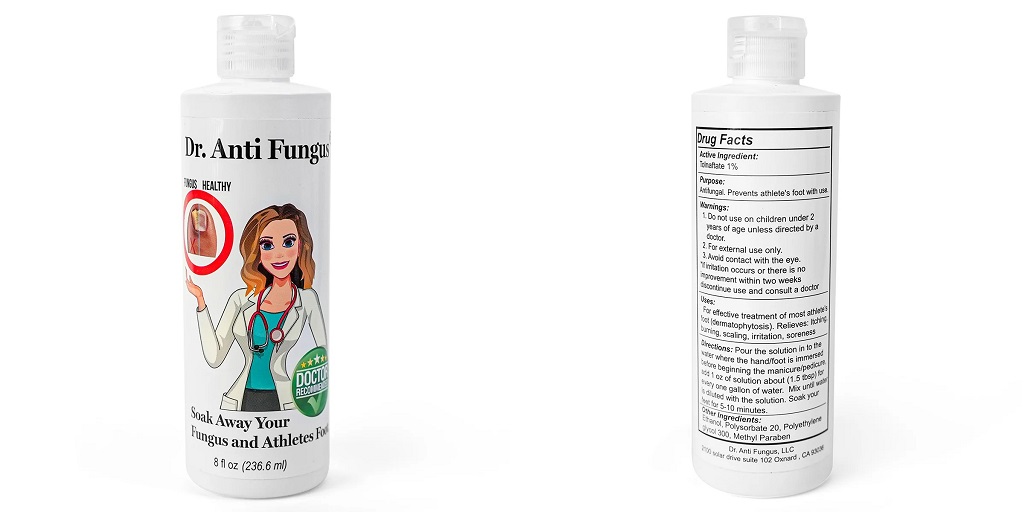Are your feet itchy, red, and peeling, especially between the toes? There’s a good chance that you might be dealing with athlete’s foot.
Don’t worry, though; it’s a lot more common than you might think, and it’s totally treatable. Read on below for what athlete’s foot is, how to treat it effectively, and what you can do to keep it from coming back:
Understanding Athlete’s Foot
Athlete’s foot, also known as tinea pedis, is a fungal infection that affects the skin on your feet. You don’t really need to be an athlete to get it – anyone can pick it up if the conditions are right. The fungus thrives in warm and moist environments such as locker rooms, public showers, and sweaty shoes.
The infection usually starts between your toes and can spread to your soles or toenails if left untreated. You might notice itching, burning, or cracked skin; in severe cases, the area can even blister or ooze. It’s undeniably uncomfortable, but fortunately, with the right care, you can get rid of it relatively quickly.
Start with an Antifungal Foot Soak
There are plenty of over-the-counter antifungal creams, sprays, and powders out there that can help with athlete’s foot, but it’s best to go with a product that is specifically formulated to treat the infection.
An antifungal foot soak like the Dr. Anti Fungus Hand + Foot Soak works best: it’s the very first physician-developed soaking solution designed to treat fungal infections on the hands, feet, and nails. It contains tolnaftate, a powerful antifungal agent that offers soothing relief from the most common symptoms of athlete’s foot, including itching, burning, scaling, and discomfort. In addition to curing existing infections, using this antifungal foot soak also prevents their spread.
What makes it better than an antifungal cream? Unlike creams that only work where they’re applied, the Dr. Anti Fungus Hand + Foot Soak provides full coverage, ensuring that every crevice is treated. This makes it the ideal choice for high-risk environments.
Keep Your Feet Clean and Dry
This might sound obvious, but it’s one of the most important steps to kicking athlete’s foot to the curb. As detailed above, fungus loves moisture and moist environments. Keeping your feet dry, therefore, can help stop it in its tracks. Wash your feet daily with soap and water, and make sure to dry them thoroughly, especially between the toes.
If your feet tend to sweat a lot, it’s also a good idea to change your socks more than once a day. The sock materials matter, too: choose breathable fabrics such as cotton or moisture-wicking athletic socks. Finally, try not to wear the same pair of shoes every day. Give them a chance to air out, and if they stay damp or smelly, toss a bit of antifungal powder into them.
Don’t Share and Don’t Scratch
Most people can’t resist the urge to scratch when their feet itch, but try to refrain from doing so. Scratching can spread the fungus to other areas of your body, like your hands or groin. To avoid cross-contamination, always wash your hands after touching your feet.
Also, while you’re treating the infection, don’t share towels, shoes, or socks. The fungus can easily spread through these items, even if they look clean. Keeping your own set of foot care items can go a long way in preventing reinfection.
Preventing Athlete’s Foot from Coming Back
Once you’ve gotten rid of athlete’s foot, you’ll want to make sure that it doesn’t return. Fortunately, that’s easy enough: you just need to keep your feet clean, dry, and well-ventilated. You’ll also want to wear flip-flops or shower shoes in public locker rooms and pool areas.
Athlete’s foot is undeniably annoying, but it’s nothing to be embarrassed about. Using the right product, like Dr. Anti Fungus’ Hand + Foot Soak, should clear it right up. From there, just practice good hygiene to keep it from coming back.



